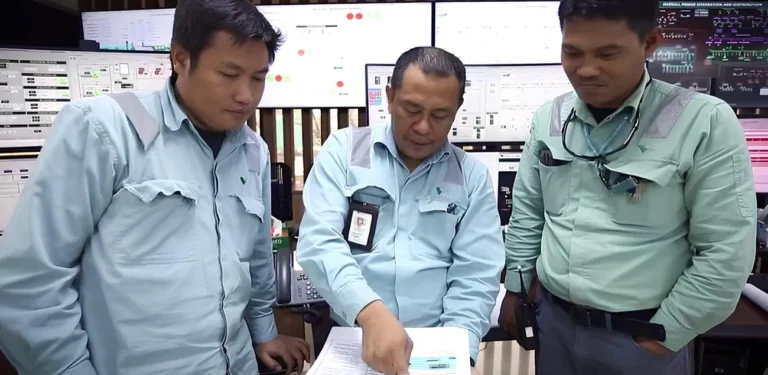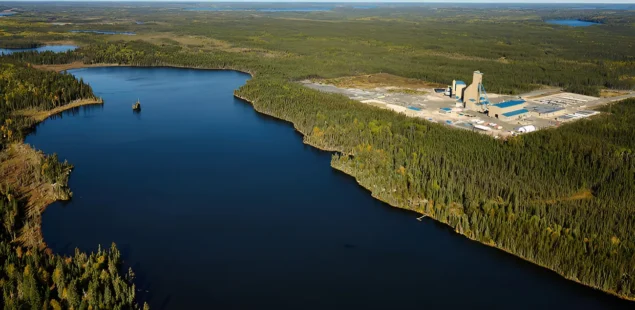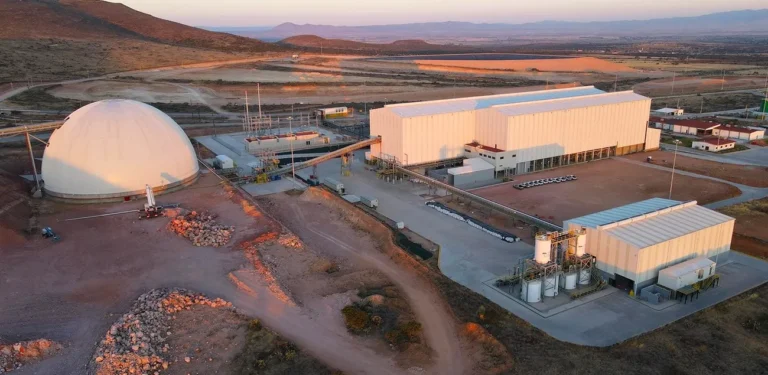
Sibanye-Stillwater, diversified precious-metals producer and recycler, has agreed to acquire Metallix Refining, a US-based processor of industrial waste streams, for a cash consideration of $82 million and an enterprise value of $105 million. The seller’s headline rand figure of R1.45 billion equates to about $81.2 million at today’s rate, broadly in line with the dollar price. The deal, expected to close in the third quarter of 2025 subject to regulatory approvals, will add scale, technology and feedstock to Sibanye-Stillwater’s recycling network in the United States.
What Metallix Adds
Metallix, founded more than 60 years ago, specializes in recovering precious metals from industrial and electronic waste. Its 150,000-sq-ft refinery on a 20-acre site in Greenville, North Carolina, processes a wide spectrum of materials and produced, in the 12 months to 31 December 2024, approximately 21,000 oz of gold, 874,000 oz of silver, 48,000 oz each of palladium and platinum, 4,000 oz of rhodium, 3,000 oz of iridium and 263,000 lb (119 t) of copper from about 4.2 million lb of inbound precious-metal-bearing feed.
Integration with US Recycling Footprint
Sibanye-Stillwater plans to integrate Metallix with its existing US recycling operations, including the Columbus metallurgical complex in Montana—one of the world’s largest recyclers of PGMs from spent autocatalysts—and the Reldan facilities acquired last year that expanded the group’s presence in Pennsylvania (with extensions in India and Mexico). Management says the combination should deepen sourcing, logistics and processing optionality across autocatalyst, industrial and e-waste streams. “We are excited to be adding Metallix to our existing recycling footprint – the scale, technology and know-how adds positively to our existing recycling operations and advances our urban mining strategy,” said CEO Neal Froneman.
Deal Terms, Funding and Near-Term Pipeline
The purchase agreement sets a cash consideration of $82 million against a $105 million enterprise value, implying assumed liabilities and working-capital adjustments at closing. Sibanye-Stillwater has indicated that Metallix generated positive earnings and cash flow in its latest audited period, suggesting immediate contribution to group results after consolidation. Closing is targeted for the September quarter, pending US regulatory clearances. In parallel, Sibanye-Stillwater is advancing the Keliber lithium project in Finland, where the capital budget was lifted in May to €783 million (about $916.6 million at today’s rate) as scope expanded and market conditions evolved.
Company Background and Market Context
Sibanye-Stillwater has repositioned its portfolio to balance primary mining with recycling, hedging against price cycles and permitting risk while diversifying by geography and feedstock type. The US platform spans mined PGM output at Stillwater and East Boulder in Montana, autocatalyst recycling at the Columbus complex, and secondary materials processing via Reldan and, post-close, Metallix. This footprint aligns with policy momentum favoring domestic critical-materials capacity, waste reduction and higher recycled content in supply chains. Metallix’s Greenville refinery adds an established, ISO-certified asset capable of handling complex industrial residues and e-scrap, complementing Sibanye-Stillwater’s established PGM-centric flows.
Copper, platinum and palladium recovered through recycling are core inputs for electrification and emissions control. Platinum and palladium prices have rebounded in 2025—platinum trading around the mid-$1,400s/oz and palladium near the low-$1,270s/oz—after multi-year weakness, supporting recycling margins. Gold remains elevated above $3,300/oz this month amid currency moves. A firmer price deck and broader feedstock access typically improve unit economics for urban mining, particularly when paired with established smelting and refining circuits.



